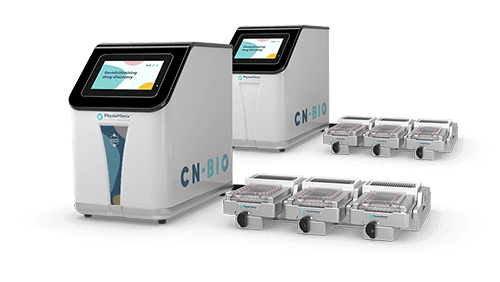Resource > Webinars >
MPS and In Silico Modeling: The next generation of bioavailability prediction
Webinar Series 8 Episode 4
Filed under: ADME and Drug bioavailability

Video content if present
Oral bioavailability is a critical pharmacokinetic parameter that must be determined when evaluating new drug candidates. Accurate estimations are essential for establishing safe dosing for first-in-human trials and determining effective therapeutic regimens.
Traditional preclinical approaches, such as 2D in vitro cell cultures and in vivo animal studies, often lack physiological complexity or human relevance required for accurate bioavailability predictions. To address the limitations of in vitro to in vivo extrapolation (IVIVE), we can leverage a multi-organ human-relevant microphysiological systems (MPS) that use fluidically linked, multi-organ models to better simulate human physiology.
In this webinar, we showcase how combining the PhysioMimix® Gut/Liver-on-a-chip and in silico modeling enables prediction of ADME parameters and oral bioavailability for the CYP3A4-metabolized compound – midazolam.
We will also show how MPS and in silico modeling enhances our ability to derive both gut- and liver-specific ADME parameters. Finally, we guide you through our unique methodology for developing the mechanistic models and estimating ADME parameters, offering insights into how MPS platforms can be used to bridge the gap between in vitro and in vivo data.
Key Learning Objectives
- Understand how MPS data is integrated with in silico modeling to predict key gut- and liver-specific ADME parameters
- Explore the advantages of using primary human gut and liver MPS models, especially for compounds metabolized in the gut.
- Learn our unique approach to predicting oral bioavailability (F) by first estimating Fa, Fg, and Fh.
- Discover how a single gut/liver experiment can yield up to 10 ADME parameters
Speakers

Morné van Wyk
Senior Computational Scientist

Marco Ortiz
Senior Scientist, CN Bio


